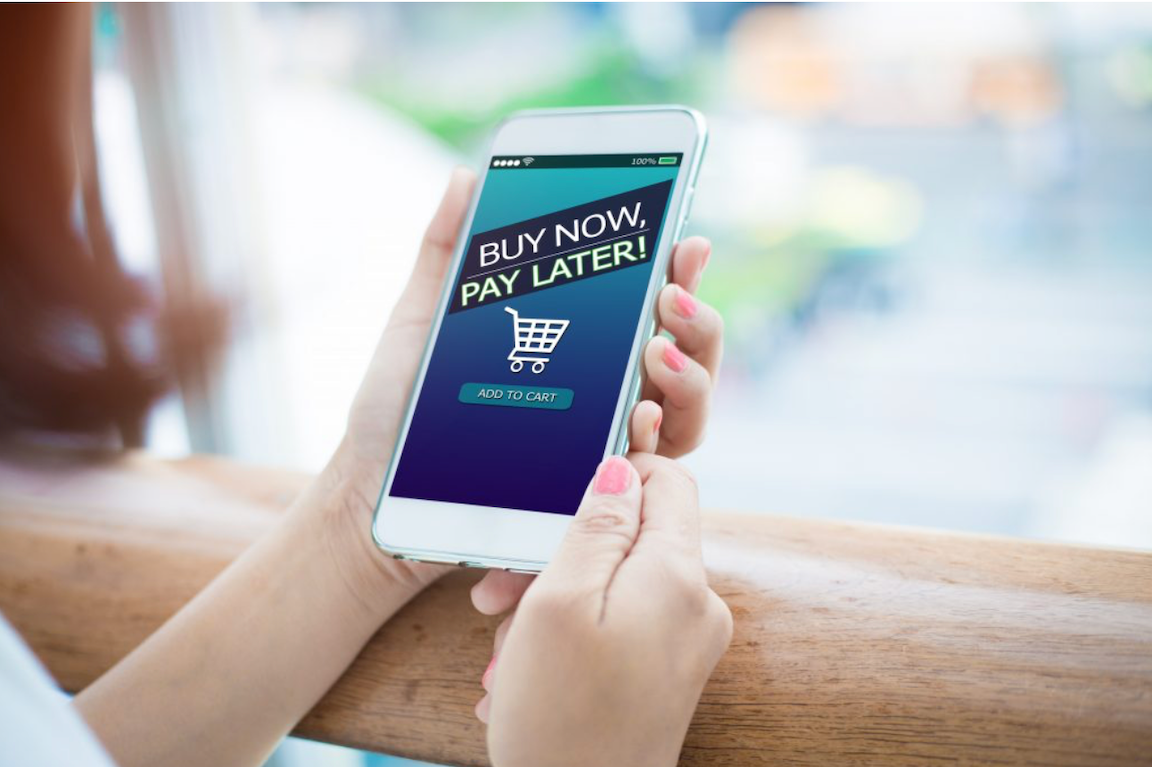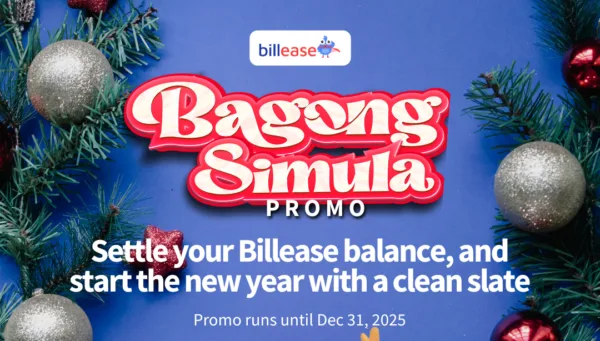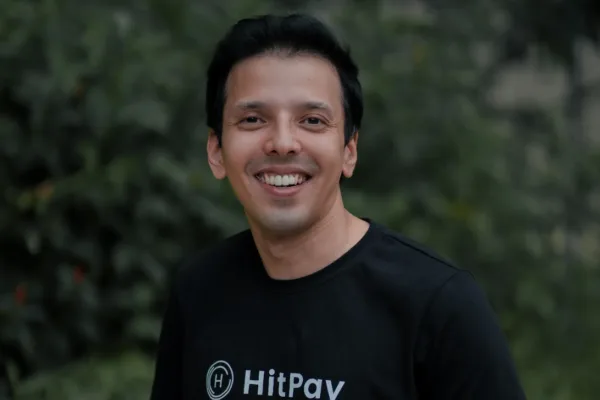Special Report by Edielyn Mangol
Buy Now, Pay Later (BNPL) has quickly become one of the most talked-about payment innovations in the Philippines. From e-commerce platforms to retail stores, Filipinos are increasingly offered the option to “shop now, pay later” through digital installments that appear more flexible and accessible than traditional loans or credit cards.
For many, it has unlocked the ability to purchase items previously out of reach, from gadgets and appliances to everyday essentials.
But as BNPL use accelerates, a pressing question emerges: Is this new model a financial lifeline for the mass market, or a slippery slope into debt? To answer that, it is important to examine what drives BNPL’s popularity, what risks it poses, and how financial literacy will determine its long-term impact.
BNPL adoption and the growth drivers

BNPL has found fertile ground in the Philippines because of two main factors: limited access to traditional credit and rapid digital adoption. Only a small percentage of Filipinos own credit cards, leaving millions without access to flexible payment terms. BNPL fills this gap by providing installment plans without the same level of requirements, paperwork, or collateral that banks typically demand.
E-commerce platforms, digital banks, and fintech startups have also embedded BNPL directly into the online shopping experience. A consumer choosing an item on a popular shopping app now sees “Pay Later” or “Installment” as a default option, often just one tap away.
The ease of use and speed of approval make the service especially attractive to younger, digital-first shoppers who are accustomed to instant transactions.

Another key driver is consumer behavior. Filipinos, especially millennials and Gen Z, are highly engaged with online retail and social commerce. BNPL taps into this trend by allowing small, manageable payments that align with tight or irregular income flows. Instead of waiting until payday or saving up for months, users can access goods immediately and spread payments over time.
For businesses, this drives sales, reduces cart abandonment, and creates loyalty. For consumers, it feels like empowerment — a chance to participate fully in the digital economy without needing a bank’s approval.
Risks and the potential for debt accumulation
While BNPL lowers barriers to access, it also opens the door to overspending and financial stress. Because payments are deferred and broken into smaller parts, consumers may underestimate the true cost of their purchases. Psychologically, it feels easier to commit to several small payments than to one large upfront expense. The result is a higher risk of impulse buying, which can lead to obligations that quickly pile up.
For consumers juggling multiple BNPL providers at the same time, tracking repayment schedules can become confusing. Missing even one deadline can trigger penalties or late fees that make the installment far more expensive than initially advertised. In the absence of strong credit history integration, these risks may not become visible until repayment problems surface.
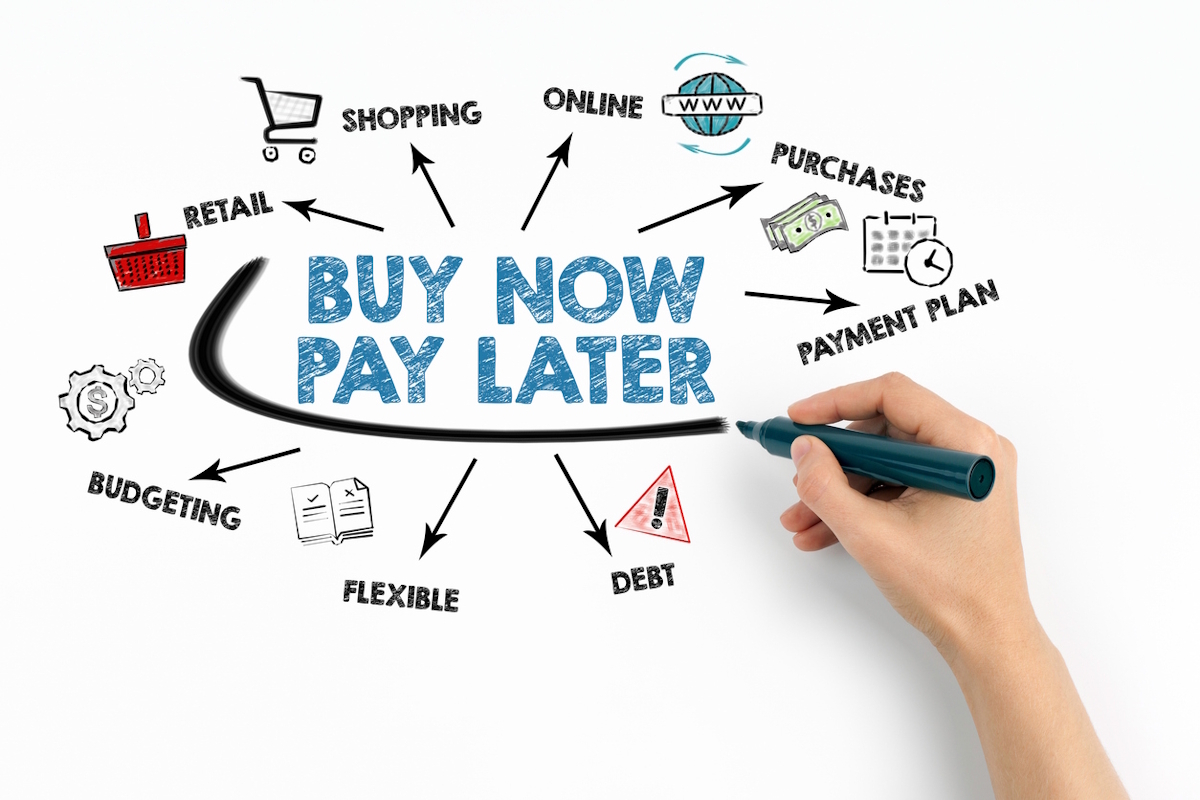
Transparency is another challenge. Not all BNPL terms are communicated clearly, and many consumers are unfamiliar with the fine print.
Unlike bank loans, which typically include regulated disclosures and formal contracts, BNPL terms may be embedded in a mobile app interface with minimal explanation. Without clear guidance, consumers may not realize the consequences of missed payments or the total cost of financing.
The danger is that what begins as an inclusive financial tool could replicate the pitfalls of high-cost lending if not managed responsibly. For lower-income groups — the very target market of BNPL — this could translate into long-term debt cycles that undermine financial stability.
Financial literacy as a mitigation strategy
The deciding factor in whether BNPL becomes a lifeline or a debt trap is financial literacy.
When consumers understand how BNPL works — including repayment schedules, fees, and the importance of budgeting — they are more likely to use it responsibly.
Education should therefore go hand in hand with adoption. Providers have the opportunity to design apps and platforms that guide users through repayment calendars, offer reminders, and even simulate the total cost of purchases under different payment scenarios. These features can shift BNPL from a potentially risky service into a stepping stone for financial inclusion.
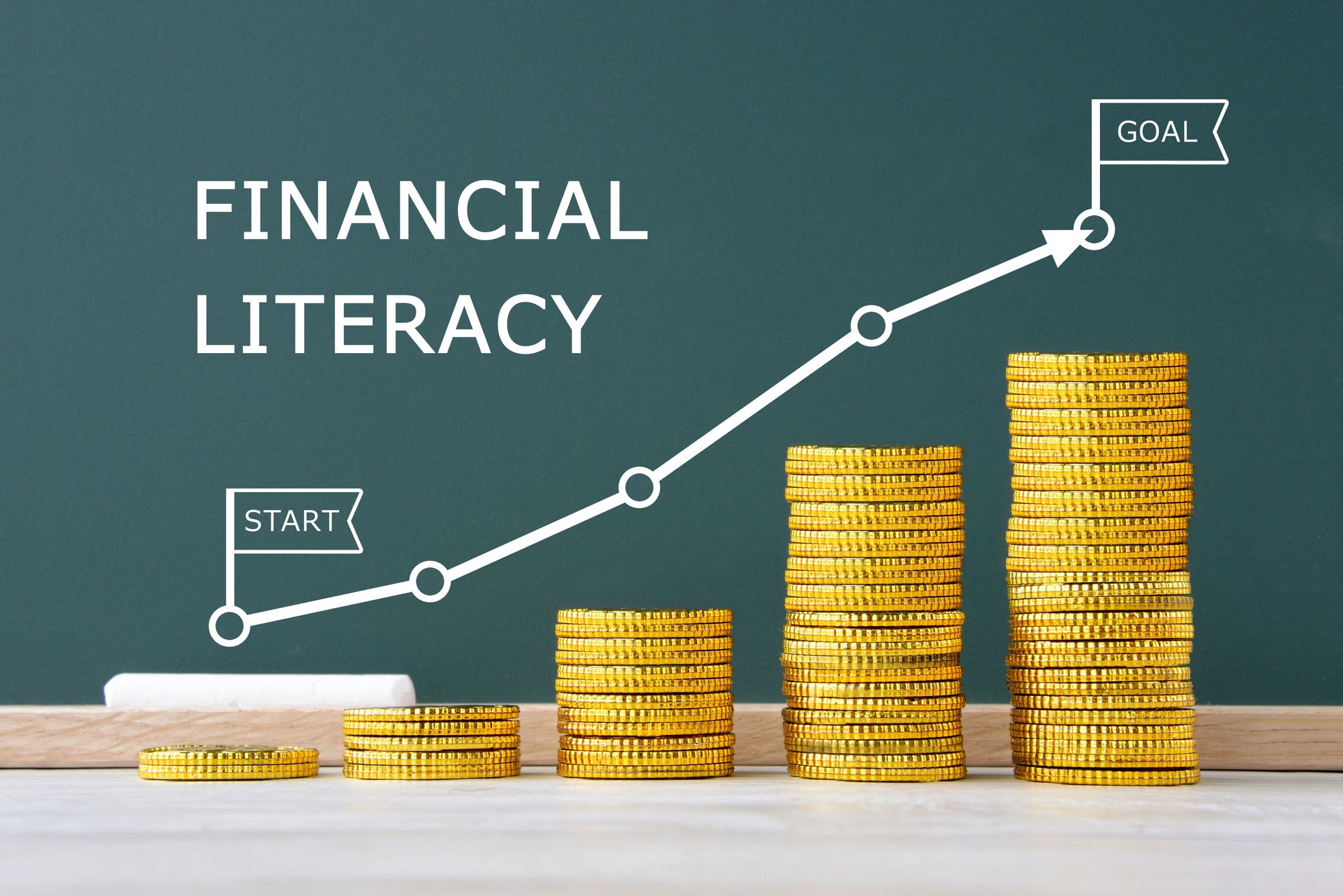
Regulators and policymakers also have a role to play.
Standardized disclosures, transparent fee structures, and fair limits on penalties can help protect consumers while ensuring a level playing field for providers. Integrating BNPL repayment histories into credit bureaus could even help users build their credit profiles, opening doors to more traditional financial services in the future.
On a broader scale, building financial literacy requires collaboration across schools, communities, and the private sector. Workshops, campaigns, and accessible content that explain budgeting, credit management, and debt avoidance can equip Filipinos to make informed decisions. In this environment, BNPL is not a trap but a tool that complements responsible financial habits.
Looking Ahead
BNPL is reshaping how Filipinos shop and pay. Its rapid rise reflects a genuine demand for flexible, accessible financial solutions. For many, it represents inclusion — a chance to buy, participate, and upgrade lifestyles without waiting or relying on traditional credit systems.
Yet its promise is double-edged. Without proper awareness and safeguards, the same model could fuel overconsumption and long-term debt. The question, therefore, is not whether BNPL is good or bad, but whether consumers, providers, and regulators can align to make it a sustainable tool.
The future of BNPL in the Philippines depends on balance. If integrated responsibly, it can be an engine for e-commerce growth and financial inclusion. If neglected, it risks becoming another cycle of debt dressed in digital convenience.




